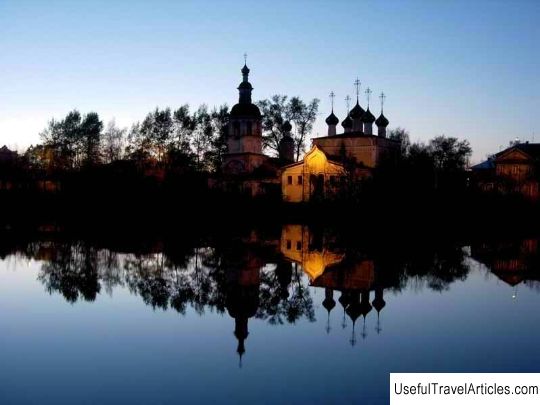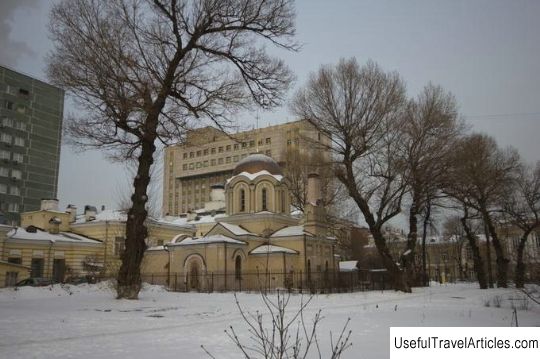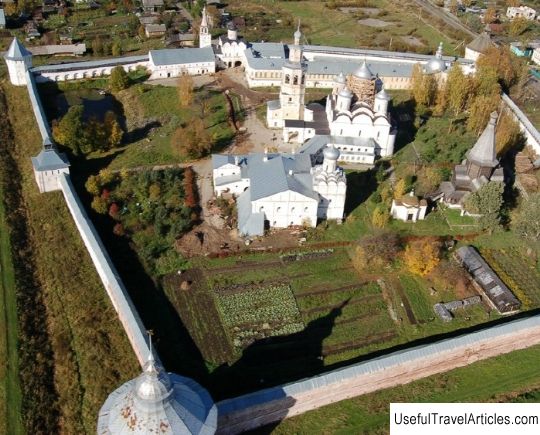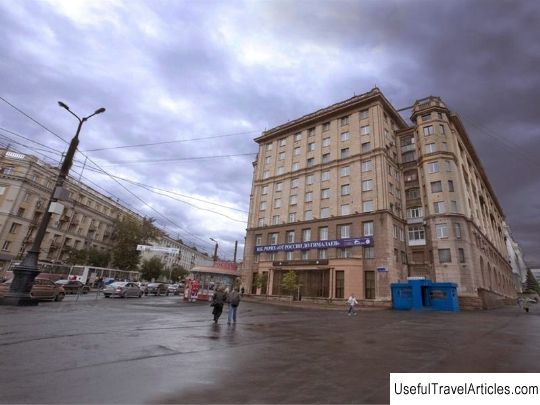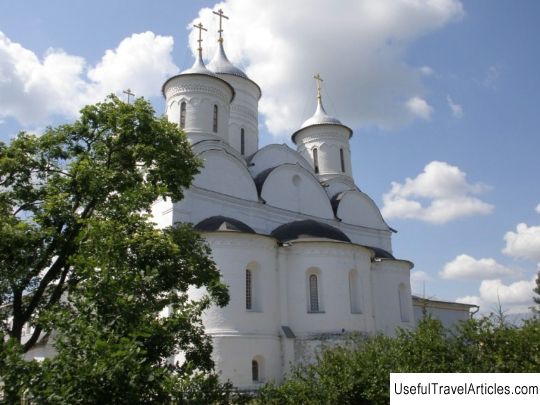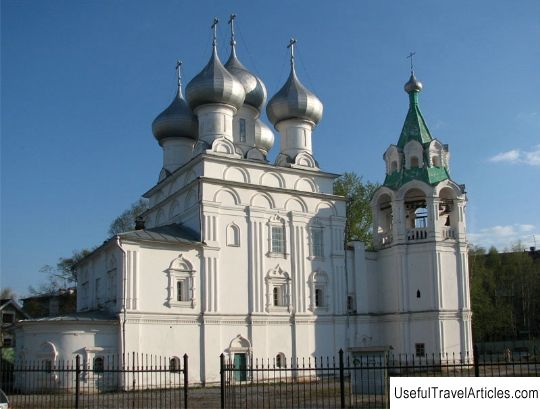Church of Dimitry Prilutsky on Navoloka description and photos - Russia - North-West: Vologda
Church of Dimitri Prilutsky on Navoloka description and photos - Russia - North-West: Vologda. Detailed information about the attraction. Description, photos and a map showing the nearest significant objects. Photo and descriptionAccording to legend, the emergence of the summer church is associated with a visit to Vologda at the end of the XIV century. the famous church leader Dimitri Prilutsky. The owner of the house in which the Monk Demetrius stayed, decided to perpetuate the memory of this event and built a chapel nearby. After the canonization of Demetrius, a wooden church was rebuilt instead of a chapel. In 1612, the church of Dimitri Prilutsky was destroyed by a fire. The Church of Dimitri Prilutsky on Navoloka is one of the first city churches built of stone, this Orthodox church was erected in Vologda in 1651. The temple of Dmitry Prilutsky consists of a summer church and a winter church of the Assumption of the Virgin with a bell tower. Since the temple of Dmitry Prilutsky began to be built after a large, almost eighty, a break in the stone construction of the city, the skill of local craftsmen was lost and architects from other places were invited to build the temple. In 1651, architects from Yaroslavl, Pankrat Timofeev and Boris Nazarov, erected a stone summer temple of Dimitri Prilutsky. There is an assumption that in 1710-1711 to the wall of this building, on the north side, a winter side-by-side church made of stone was added in the name of Saint Prince Theodore, as well as Saints Constantine and David - miracle workers of Yaroslavl. A bell tower was added on the northwest side. But in 1750, the side-chapel was dismantled, and with funds provided by the merchant Afanasy Alekseevich Rybnikov, a separate winter church was erected, combining it with the bell tower. The main altar of this church was consecrated in the name of All Saints. In 1781 (according to some sources in 1779), a porch with a side-chapel of the Monk Maxim the Confessor, a sacristy and a staircase were added to the western wall of the temple of Dmitry Prilutsky. The summer church of Dmitry Prilutsky is a four-pillar church, installed on a basement, completed with five small, spaciously spaced chapters. Facade decor is represented by shoulder blades at the corners, windows without platbands, three zakomaras on each side, arcatures on drums. In terms of architecture and decor, the temple is similar to the Yaroslavl monuments of the middle of the 17th century, the only exception is the absence of a bypass gallery. Inside, the summer church was painted with wall paintings in 1721 (according to other sources - in 1710). In the painting of the church, the influence of the Yaroslavl school of wall painting is noticeable, the plots are borrowed from the Old and New Testaments. There are also scenes from the life of the Monk Demetrius. The painting of the temple is executed in the Baroque style. The head of the artel of stencils was one of the flag-bearers who worked in the Church of the Annunciation in Yaroslavl - either Fedor Fedorov or Fedor Ignatiev. Two icons of the Mother of God, called "Seven-city" and "Seven-shot", were especially revered in the summer church. The Winter Assumption Church is typical for warm churches of the North of the 18th century. The building has been preserved in its original form: a two-tier dome and two apses. The facade decor is represented by simple pilasters and serrated cornices. A bell tower adjoins the winter church on the western side. The lower tier of the bell tower serves as a porch. It has a four-piece and two eight-pieces stacked on top of each other. The bell tower is completed with a dome. Decorated with twin flat pilasters, scalloped cornices, the frames of the windows with eyebrows trace elements of the Baroque. The temple was closed in 1930 and used as a warehouse. To date, the Church of Dimitry Prilutsky has been completely restored. In July 2001, the church was consecrated.        We also recommend reading Mount Pantokrator description and photos - Greece: Corfu Topic: Church of Dimitry Prilutsky on Navoloka description and photos - Russia - North-West: Vologda. |
